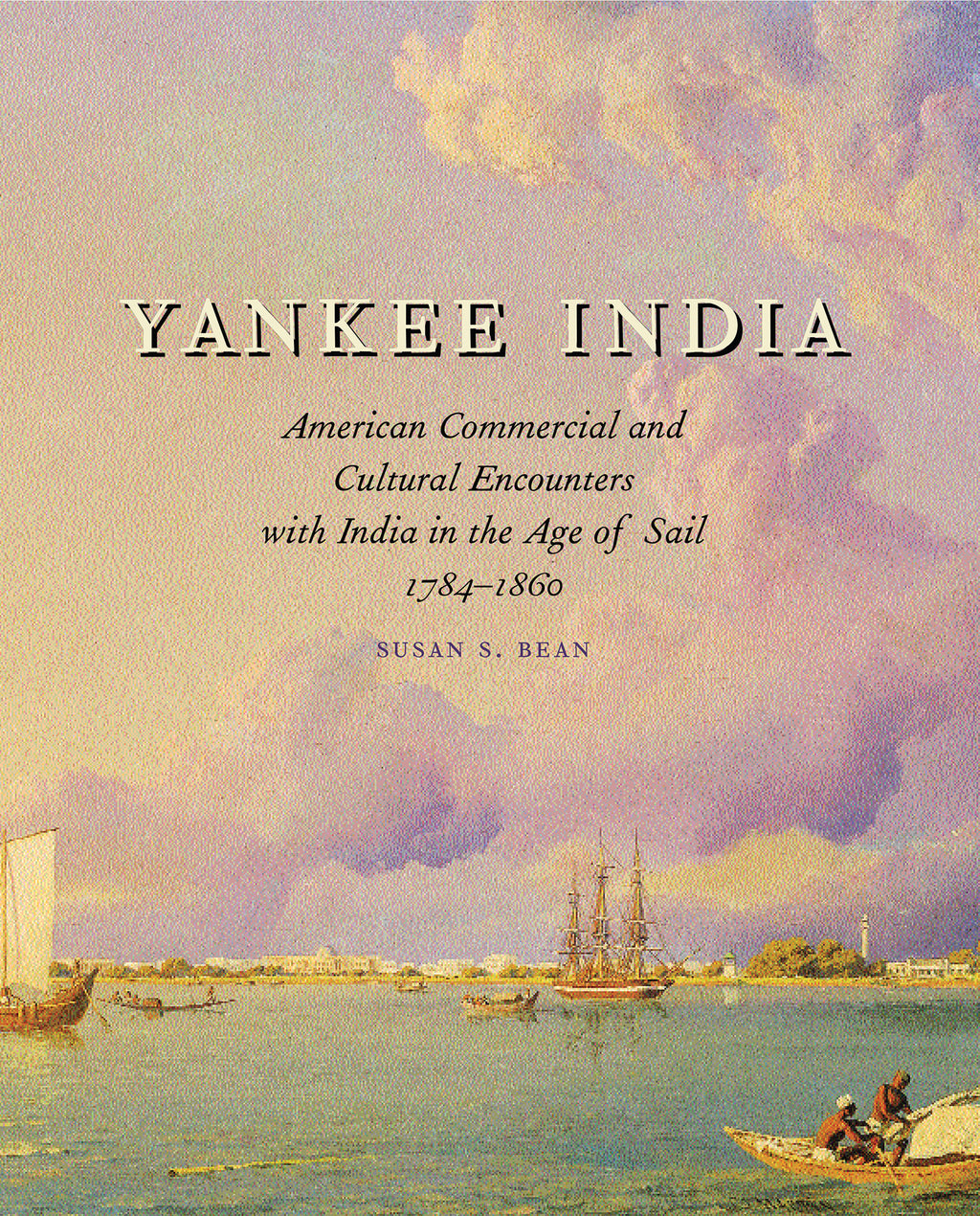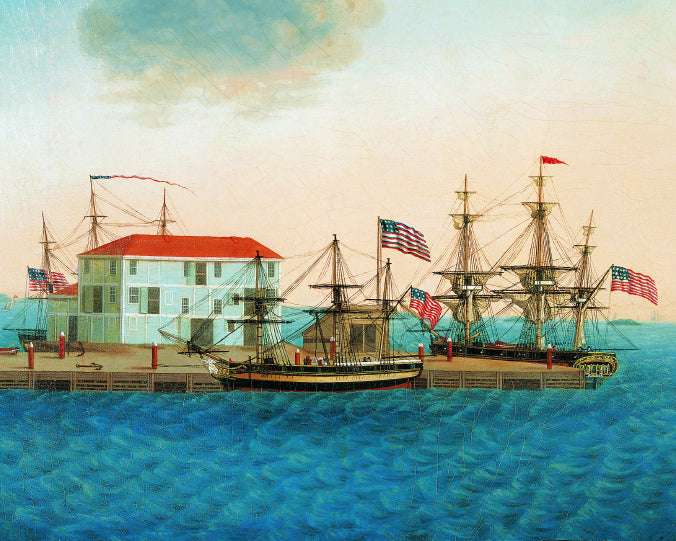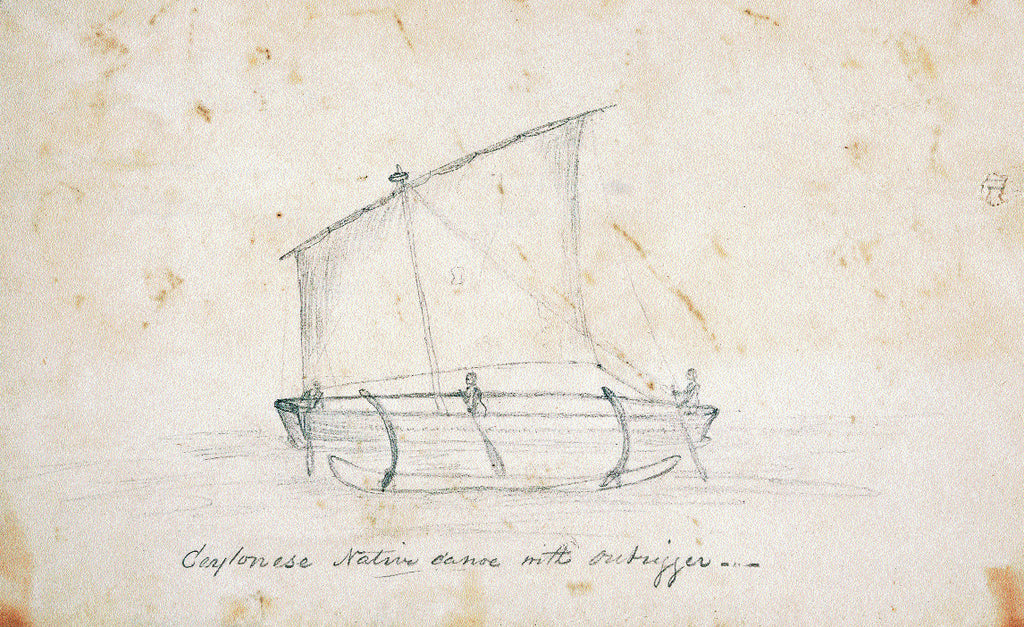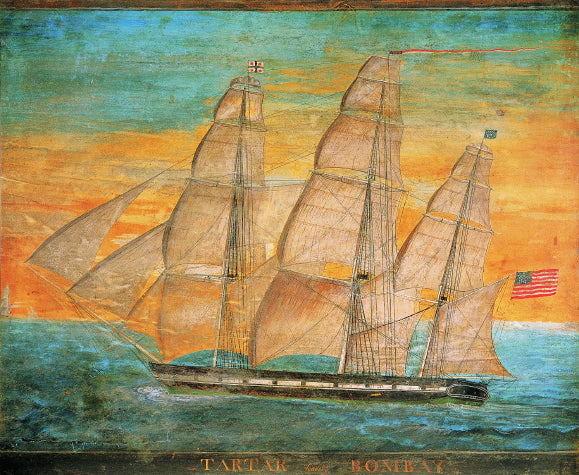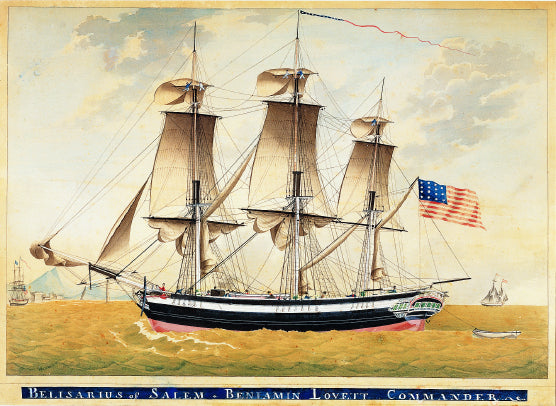Yankee India
American Commercial and Cultural Encounters with India in the Age of Sail 1784-1860Yankee India charts the beginnings of America’s fascination with the subcontinent.
- Category: All Books, History, MAPIN20
These initial encounters laid the foundation for American views of India and contributed to the development of American and Indian national and cultural sensibilities. Yankee India brings this important but little known episode to a wide range of readers interested in the histories of the United States and India, and in the impacts of intercultural encounters.
Susan S. Bean is Curator of South Asian and Korean Art and Culture at the Peabody Essex Museum, Salem, Massachusetts. Dr. Bean specializes in the visual arts and cultural history of nineteenth- and twentieth-century South Asia. Recent exhibitions and catalogues include Timeless Visions: Contemporary Art of India from the Herwitz Collection (1999) and From the Land of the Thunder Dragon: Textile Arts of Bhutan (with Diana Myers, Dr. Bean has published on the role of textiles in India’s nationalist movement, particularly Mahatma Gandhi’s program for spinning and wearing homespun, and on the clay potter-sculptors of West Bengal, whose naturalistic sculptures were shown in the international fairs of the late nineteenth century and whose images of Durga and Kali are created in the thousands for their annual autumn festivals. Dr. Bean received her doctorate in anthropology from Columbia University, and has taught at Yale, Columbia, and Brown Universities, and Wellesley College.
Sponsor’s Foreword
Acknowledgments
Map
Introduction: American Encounters with India in the Age of Sail
Part I: Pioneering the India Trade
Chapter 1: Bridging the Divide
Chapter 2: Benjamin Carpenter, Master Mariner
Chapter 3: From the Journal of the Ruby, 1789-90, by Benjamin Carpenter
Part II: Halcyon Days of Neutral Trade
Chapter 4: Heyday of the India Trade
Chapter 5: Dudley Leavitt Pickman, Encounter with the East
Chapter 6: From the Journal of the Belisarius, 1799-1800, by Dudley L. Pickman
Chapter 7: From the Journal of the Derby 1803-04, by Dudley L. Pickman
Part III: Transformations and New Encounters
Chapter 8: Transitions
Chapter 9:William Augustus Rogers, Republican, Lawyer, and Merchant
Chapter 10: From the Journal of the Tartar, 1817-18, by William A. Rogers
Part IV: The Doldrums
Chapter 11: Decline of the Trade
Chapter 12: James B. Briggs, Commander
Chapter 13: From the Journal of the Apthorp, 1833, by James B. Briggs
Part V: Revival
Chapter 14: Gruff Goods, Transcendentalism, and the Bhagavad Gita
Chapter 15: Edwin Blood, Supercargo’s Clerk
Chapter 16: From the Journal of the Rockall, 1854, by Edwin Blood
Epilogue: First Impressions
| ISBN | 9788185822839 |
| Pages | 288 |
| Number of photographs | 119 colour and 63 black-and-white photographs |
| Size | 9 x 11" (229 x 280 mm), hc |
| Date of Publishing | 2001 |
| Language(s) | English |
| Co-publisher(s) | Mapin in association with Peabody Essex Museum and Prashant H. Fadia Foundation |
| Rights Available | World rights |





